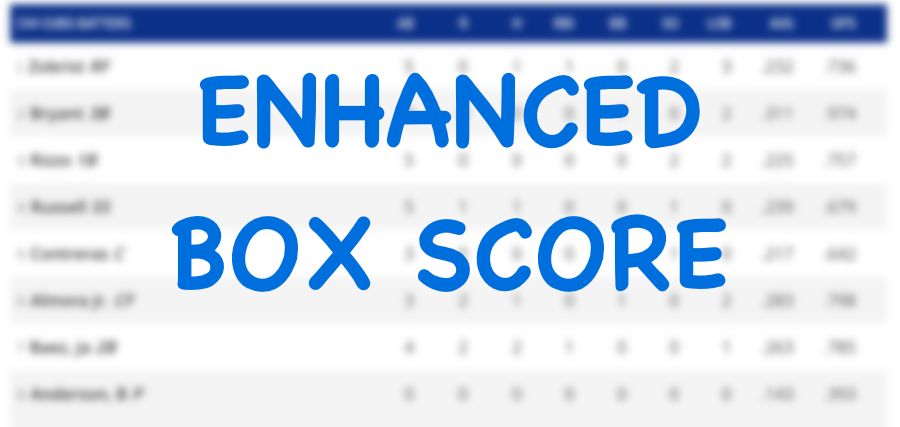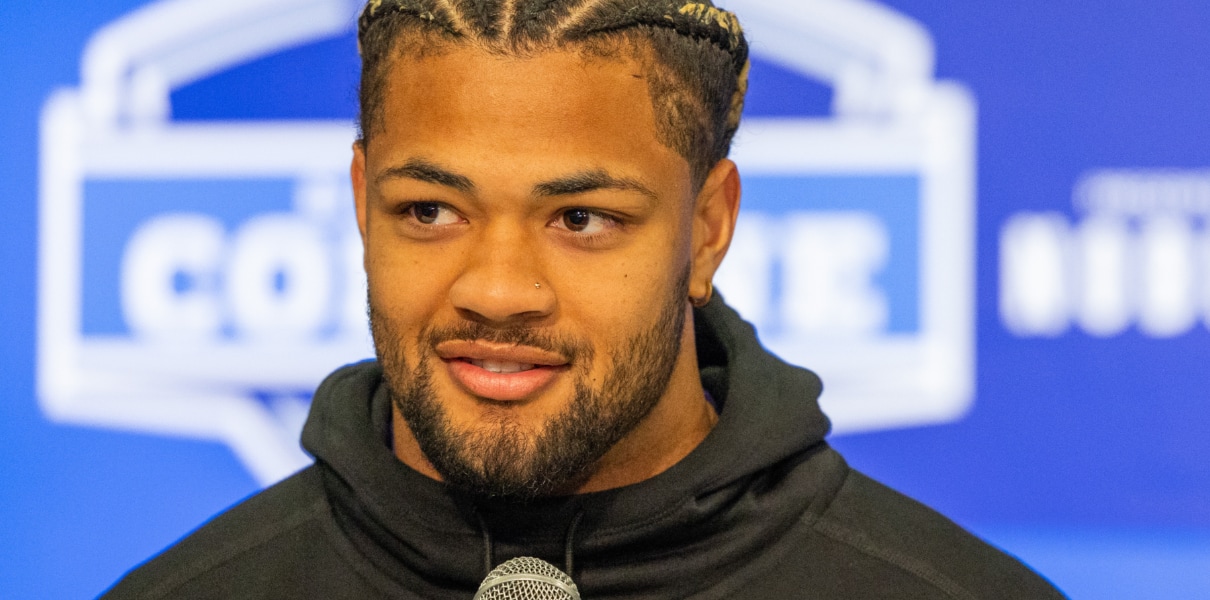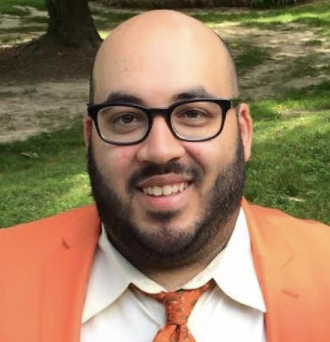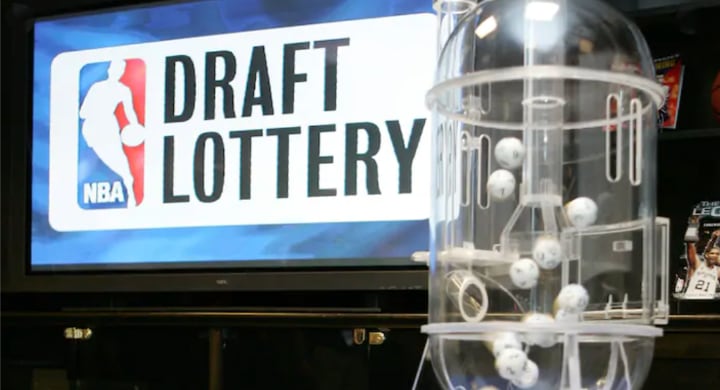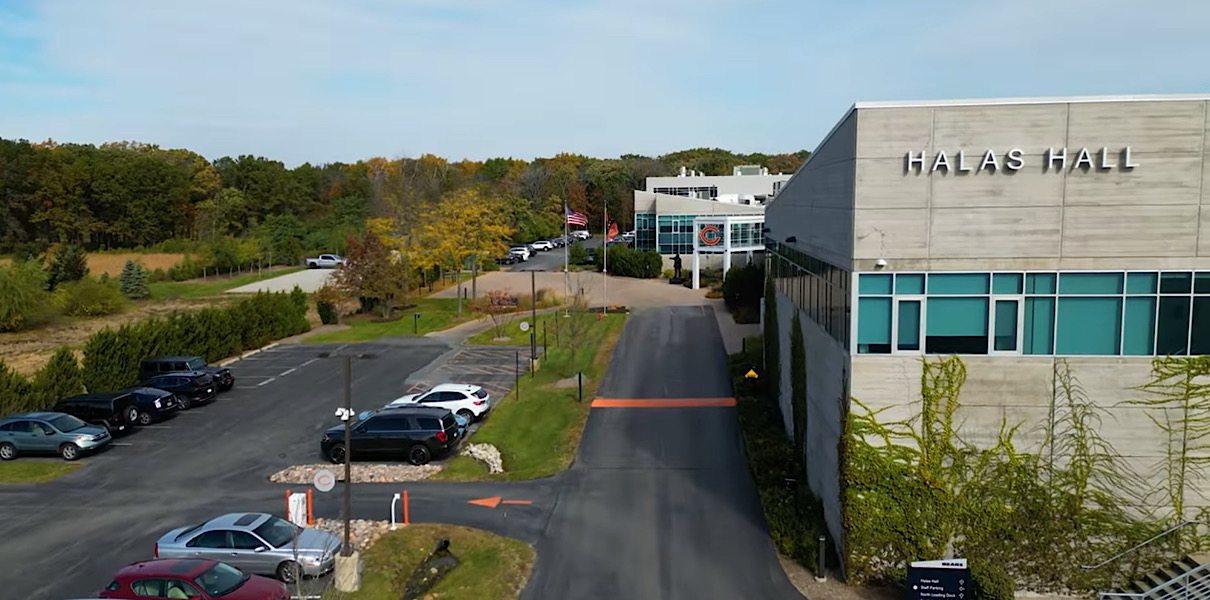Before 2018, Tyler Chatwood was a sufficiently compelling free agent starting pitcher that the Cubs jumped the market, signing him early to a three-year, $38 million deal, which would ultimately prove to be a particularly lucrative deal in the current climate.
Chatwood was young (heading into his age 28 season), had tremendous stuff (both to the eyes and the Statcast types), and had pitched incredibly well outside of Coors Field, where he’d otherwise spent his career. There were so many reasons to understand why the Cubs leapt, and to be hopeful that he could be a key member of the rotation last year.
That, of course, did not play out. Chatwood developed borderline historically significant control problems, and was out of the rotation long before the season entered the home stretch.
Over the offseason, he worked to correct mechanical issues that had gotten out of whack, and reset himself in all other ways to get back to what he could be. Maybe it has worked (he’s admittedly looked very good this Spring), maybe it hasn’t. Maybe when the bell rings, things would go sideways yet again.
What I keep coming back to, though, is what the Cubs can realistically do about giving him a look as a starter if the front five are otherwise healthy and ready to go. It doesn’t matter HOW good Chatwood looks this Spring: you are simply not going to bounce any of the front five from the rotation if they are healthy coming out of Spring Training. It just won’t happen.
For the most part, folks are split about what they’d want to see happen in a situation where Chatwood looks like a legitimate starter type by the time camp breaks. I can think of three possible ways he still makes starts if everyone else is healthy:
Taking folks' temperature on a realistic "dream scenario" end of Spring for Tyler Chatwood. If he continues to look very good, and everyone else stays healthy, you most hope that:
— Bleacher Nation (@BleacherNation) March 4, 2019
In each of those options, Chatwood would see *some* starts, though not necessarily the kind imagined when he was first signed.
For his part, Chatwood still sees himself as a starting pitcher, and it’s still too early in the Spring for anyone to make any pronouncements otherwise, since injuries can still occur:
Tyler Chatwood: “I feel I’m a starter” pic.twitter.com/5lRsikzD6h
— Mark Gonzales (@MDGonzales) March 2, 2019
Maddon on Chatwood pic.twitter.com/2Al6r6HYpm
— Mark Gonzales (@MDGonzales) March 2, 2019
Chatwood wouldn’t say he wants a trade if he’s not a starting pitcher (Sun-Times), and does want to stay in Chicago.
But if he’s looking like he can be a very effective starting pitcher out of the gate, how do the Cubs best balance that ability with the risk that he falls apart, and also with the reality that he’s on a significant contract and cannot be optioned to the minors?
I guess if you’re not going to plan some six-man-rotation stretches to limit the innings on the rest of the rotation and maximize their performance (that would be my preference, but I understand that the starters may not be interested, and I’d rather keep their psyche in a good place), then you could try to get a meaningful return for Chatwood in trade – some salary savings to be deployed at midseason and/or next year? A mediocre prospect?
The better course is probably to hang onto Chatwood in the bullpen as a long reliever and starting depth, where he – like Mike Montgomery – can move in and out of the rotation as necessary. Of course, as we know and as Montgomery has demonstrated, that’s an extremely valuable role, but a hard one to pull off successfully. You can’t *just* exist as starting depth, eating up a spot on the roster. You also have to be a reliable and useful arm out of the bullpen. Whether Chatwood can be that for the Cubs (much less *also* being a useful swing starter) remains to be seen.









